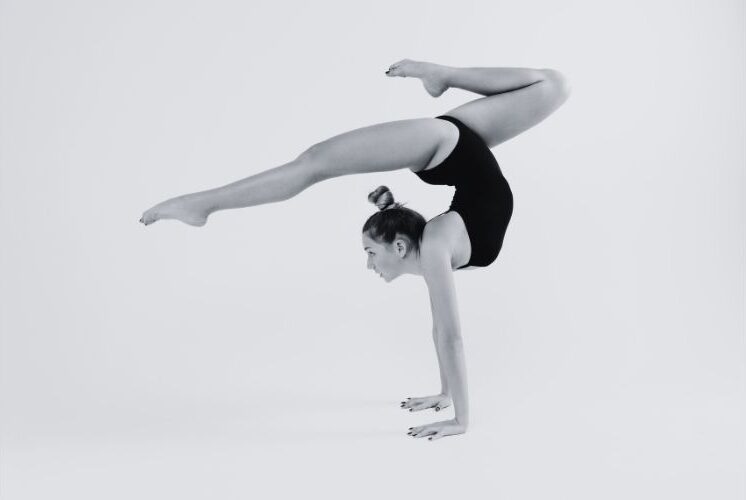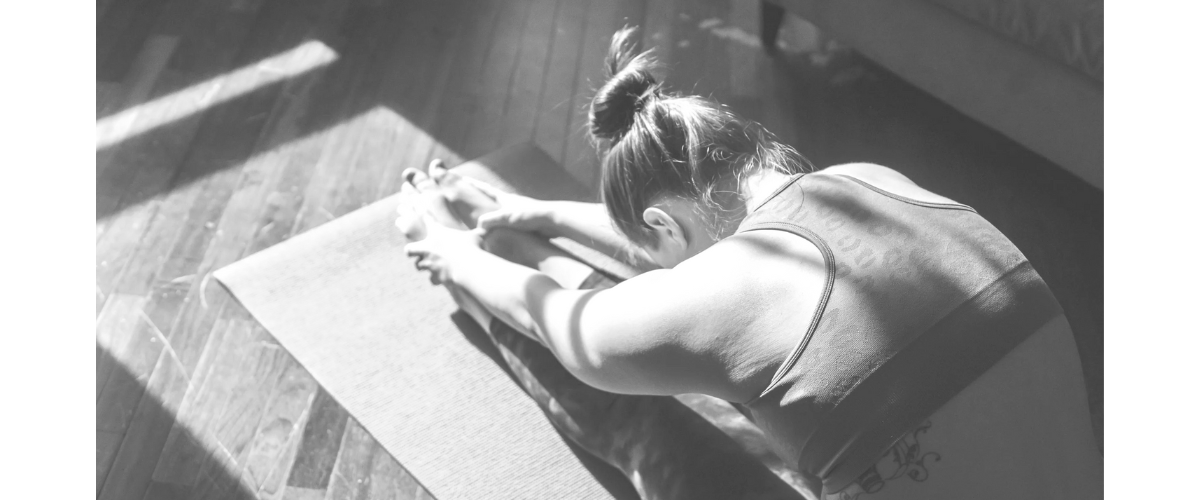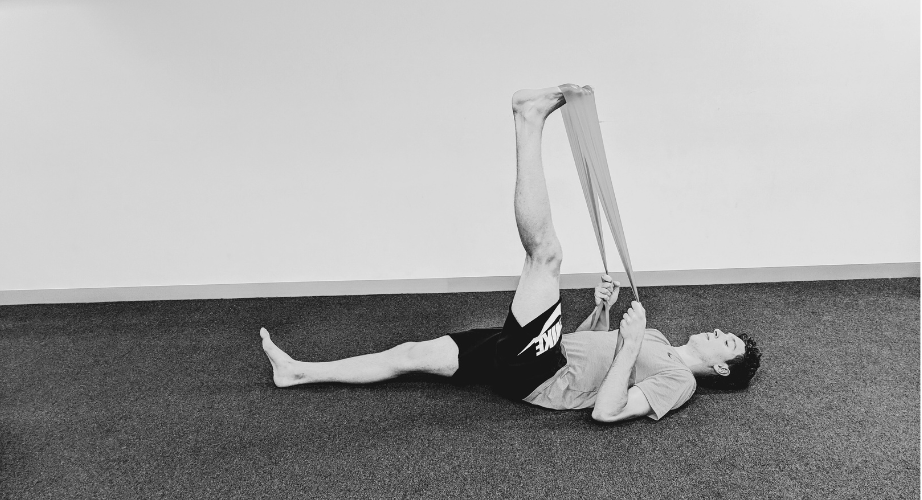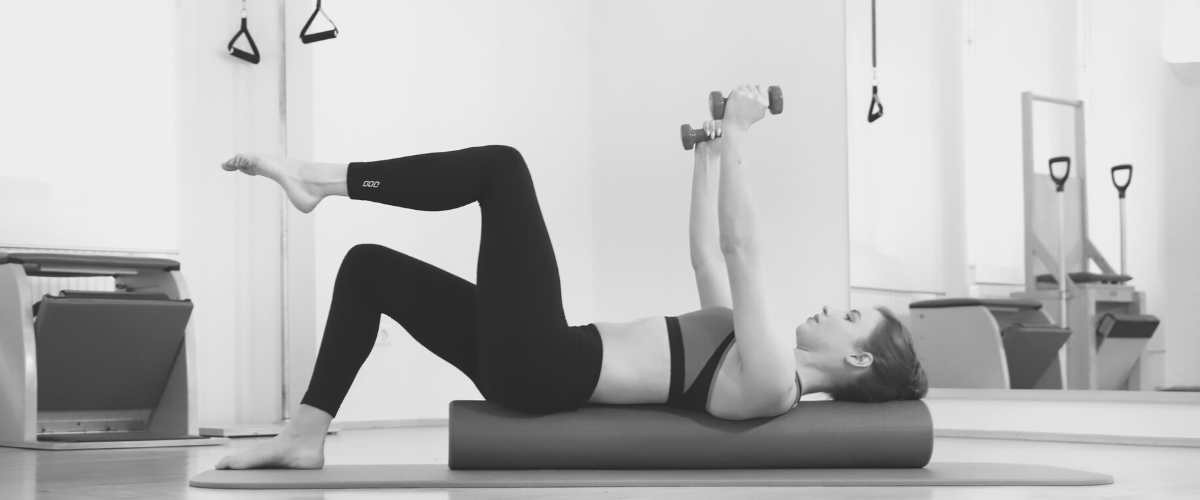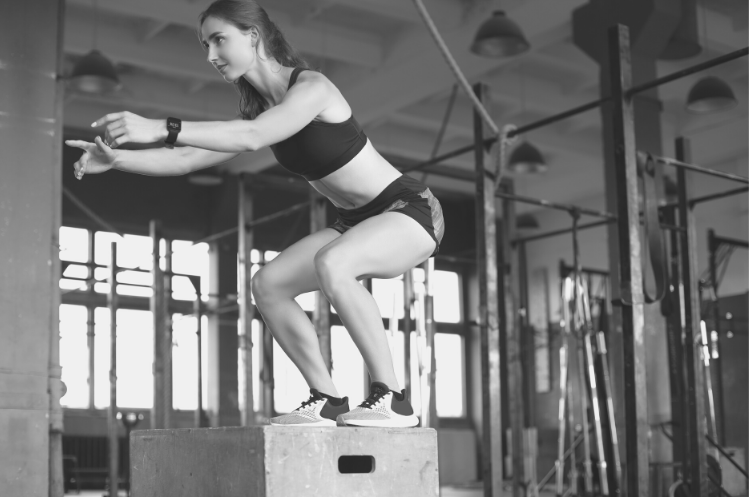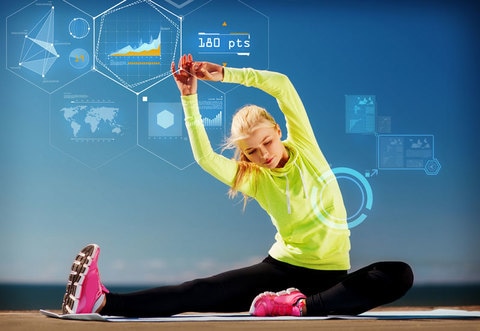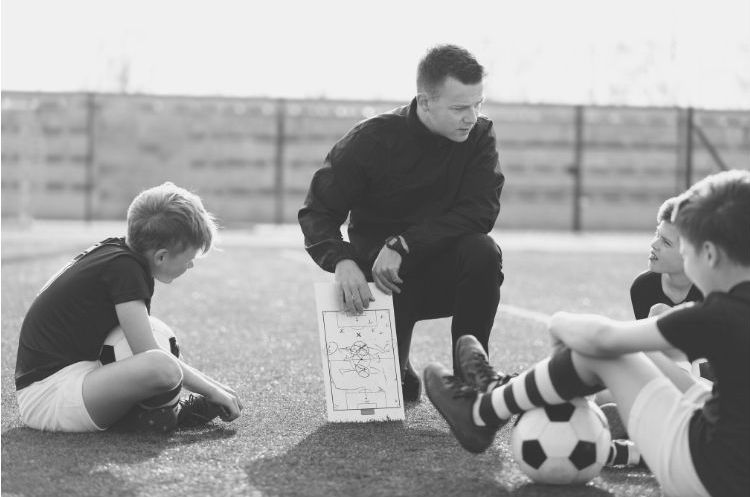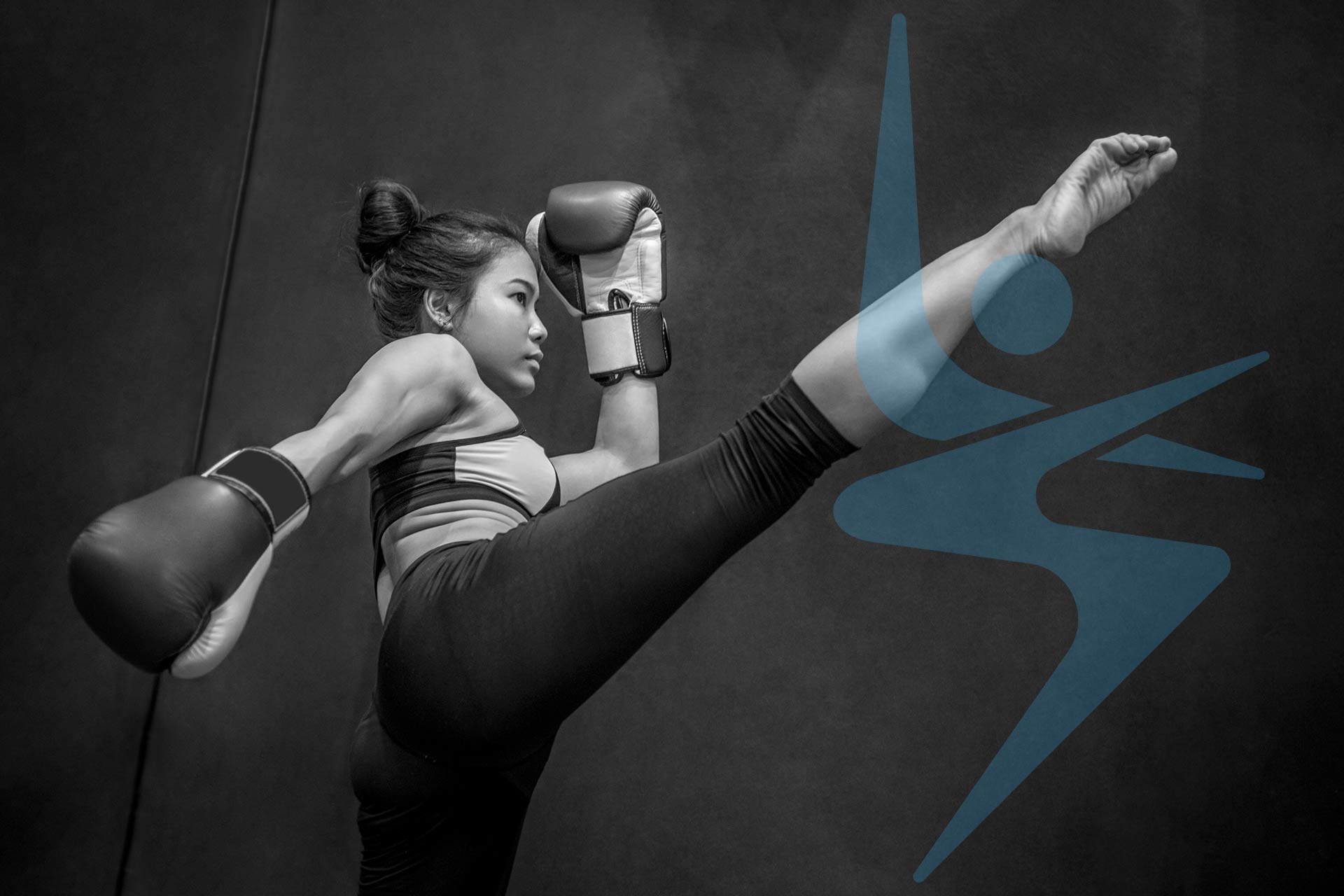The Flexibility Training Pyramid below outlines a clear, progressive path for developing sport-specific flexibility. Just like in strength training, building a strong foundation is key to unlocking more advanced, dynamic capabilities at the top of the pyramid.
Continue readingTypes of Flexibility
Flexibility is typically defined as the range of motion (ROM) available at a joint. (1) Increasing or utilising a joint’s ROM requires a degree of extensibility of the muscles and connective tissues brought about from a force or torque. (2) The concept of flexibility can be further broken down into sub-disciplines outlined in the infographic.
Continue readingAthlete Recovery Strategies
We all know it’s important to recover between training sessions and competition bouts, however with so many recovery methods out there, it can be confusing where to start. Our Athlete Recovery Strategies highlight ‘THE TOP THREE’ non-negotiable recovery strategies followed by additional supplementary strategies to help you get those additional 1% gains. If you are interested in developing your own personal recovery plan please contact us, we would be happy to help!
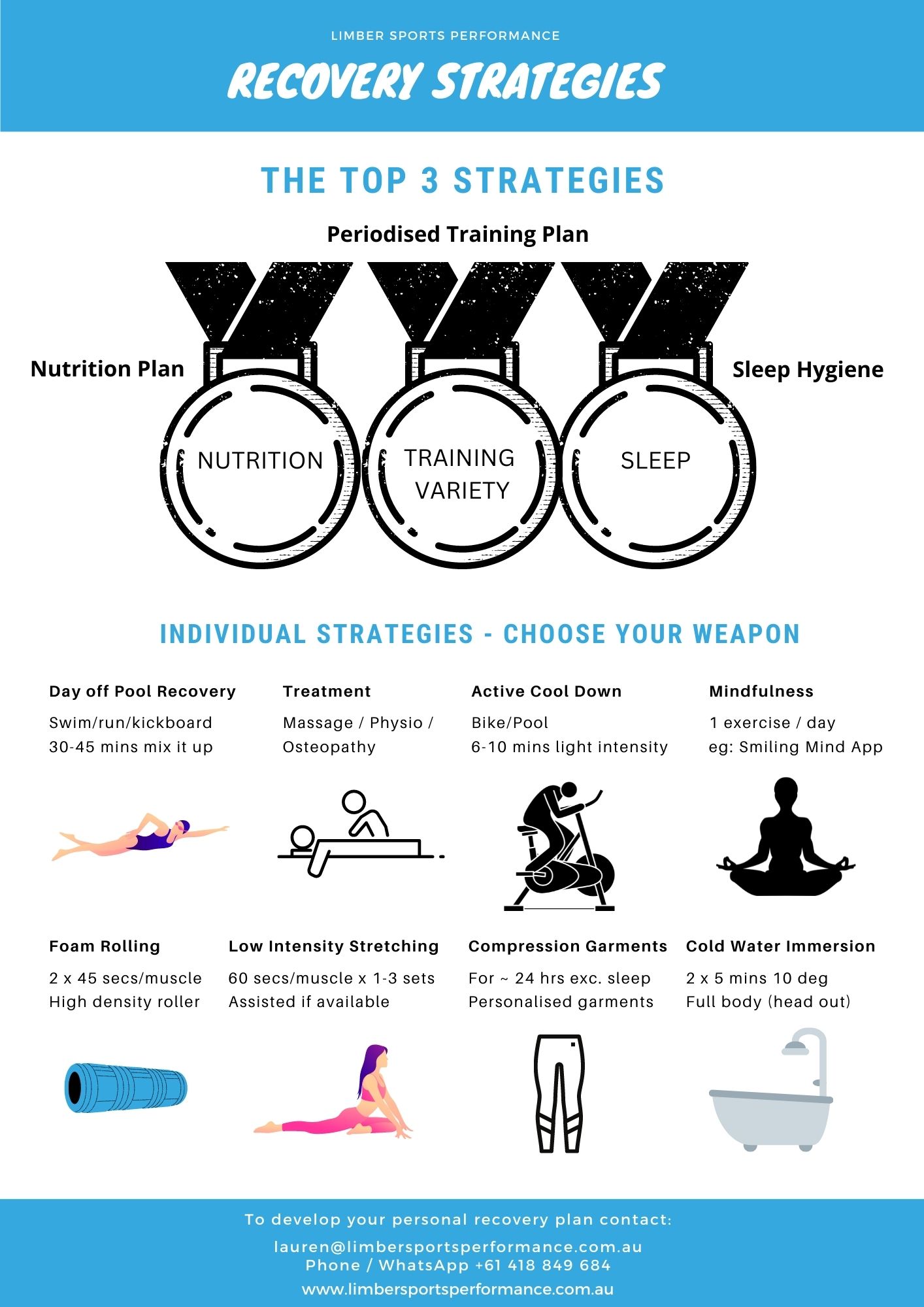
The Top 3 Recovery Strategies
From the Athlete Recovery Strategies infographic above, you can see that your first three priorities must be ensuring training variety, nutrition and sleep are taken care of. We will briefly elaborate on how you can address each of these.
Training Variety
Having an appropriately periodised training plan not only ensures that you peak for competition, but it also optimises your training adaptions and recovery. It is important that your training sessions vary in difficulty throughout the week to provide some challenging and some easy days. The easy days serve as a form of recovery to allow you to tackle the challenging sessions head on. Additionally you should have some planned challenging weeks and some planned lighter training weeks as part of your periodised plan. Another way to include training variety in your week is to schedule cross-training sessions which allow for physical improvement in an alternative training form to help keep your body in balance and provide both physical and mental active recovery. Cross-training sessions are particularly useful in preseason or off-season but can also be applicable in-season.
Nutrition
Having a performance nutrition plan is just as important as your physical preparation program. Optimising nutrition after training can facilitate training adaptations, improve performance for subsequent training sessions and decrease the risk of fatigue, injury and illness. While optimising nutritional recovery is important for everyone, targeted nutrition strategies are particularly important for athletes training multiple sessions per day or sessions in close succession, such as an evening session followed by an early morning session. If you are interested to learn more about Nutrition related recovery check out the Sports Dietitians Australia fact sheet.
Sleep Hygiene
For most people 7 to 9 hours of sleep is sufficient for mental and physical recovery. However for athletes, it has been suggested that a greater quantity of sleep may assist recovery from intense training, injury, or competitions. There are a number of strategies that can assist you to improve sleep duration and quality and these are referred to as ‘Sleep Hygiene Strategies’. These include ensuring an ambient room temperature for sleep, setting an ideal pre-sleep routine and strategies to ensure napping doesn’t interfere with your nighttime sleep. If you are interested in learning more about sleep hygiene stay tuned for our sleep hygiene infographic coming soon.
Individual Recovery Strategies
What about the other methods? The recovery effects of additional strategies can be quite individual so you should be guided by what makes you feel more recovered for your next training session. A good way to do that is to note down how you feel from 1-10 after using the various recovery methods. One could equal ‘still extremely fatigued’, while 10 might equal ‘feeling fresh and ready to go’, you can create a scale that is meaningful to you. One you have created your scale you can rate your recovery via a number of aspects including muscles soreness, overall fatigue and how mentally rejuvenated you feel.
We suggest you follow the prescriptions above for best results with each of the respective individual recovery methods. At Limber we can help you create your own individualised recovery plan based on the resources you have available. An individualised stretching and foam rolling program is a great place to start as they are portable and cost effective strategies you can perform anytime anywhere!
Pilates Principles for Calisthenics Coaches
This year we presented coaches at Sterling Calisthenics Club on Pilates based injury prevention strategies for Calisthenics athletes. Our education workshop introduced coaches to the fundamental principles of Pilates and how to incorporate these in basic repertoire. We have summarised some of the key learnings in an easy to read infographic.
Continue readingAFLW Athlete Perspectives on Injury Prevention Programs
A recent study published by La Trobe University Australia, explored the perspectives and experiences of injury prevention programs by 13 AFLW players from three clubs. This blog and infographic summarise some of the interesting insights from the research including the importance of educating and giving input to female athletes.
Continue readingPerformance Analysis in Sport
Performance analysis plays an integral role in the coaching and feedback process as well as other areas of sports science such as goal setting and athlete benchmarking, tactics, biomechanics, load monitoring, injury prevention and visualisation techniques. This infographic provides a brief introduction into the theoretical rationale for the use of performance analysis in sport.
Continue readingThe 5 Minds of a Great Coach
Effective coaches recognise the need for continual learning and improvement, no matter how experienced. The 5 minds of coaching concept provides a great framework to guide your development as a coach.
Continue readingGoal Setting in Sport: Part 1
This infographic will help you understand the three different types of goals commonly used by athletes; outcome goals, performance goals and process goals. Consider the pros and cons of each goal type and how to use them in combination.
Continue readingFlexibility Training for Figure Skaters
As an ice skater, flexibility is essential for achieving many of the sport’s high-level positions, like the spiral and Biellmann. To help skaters and coaches visualise how to structure a complete flexibility session, I created an infographic which outlines the key components of a one-hour off-ice flexibility routine.
Continue reading
